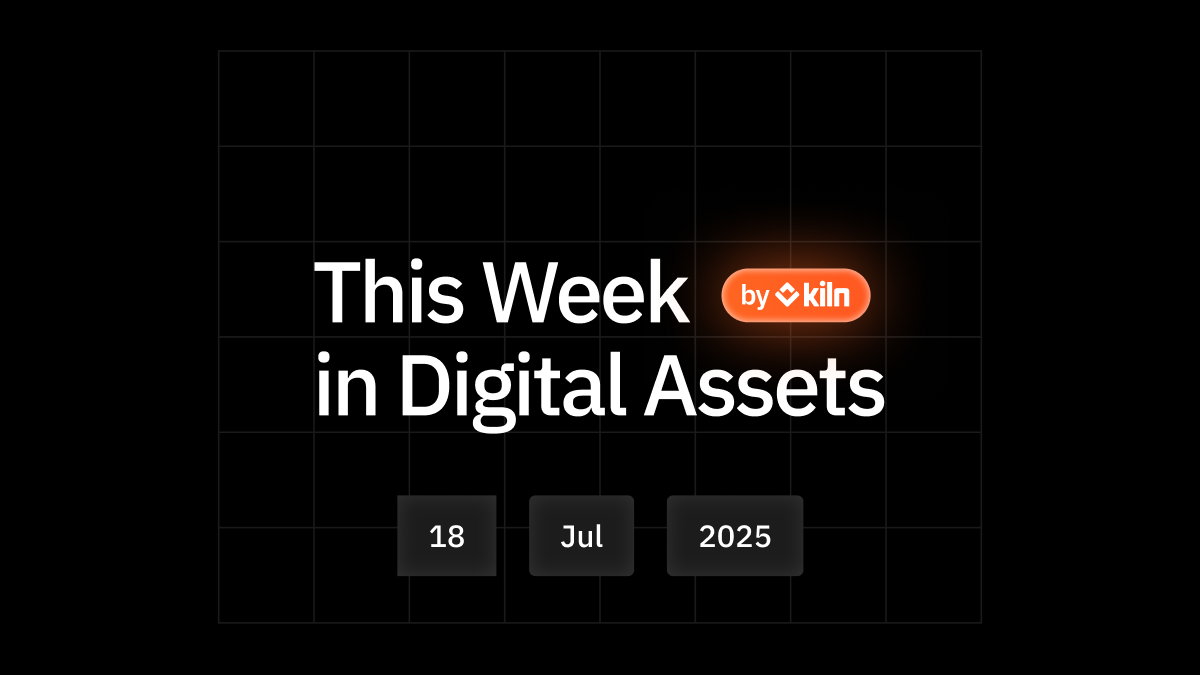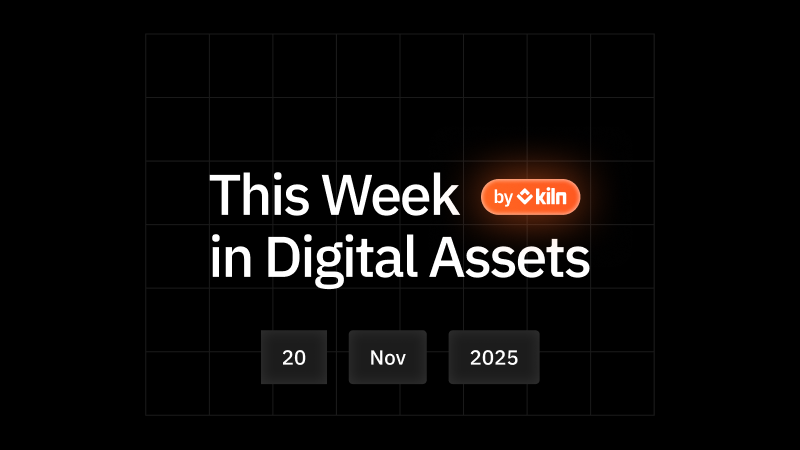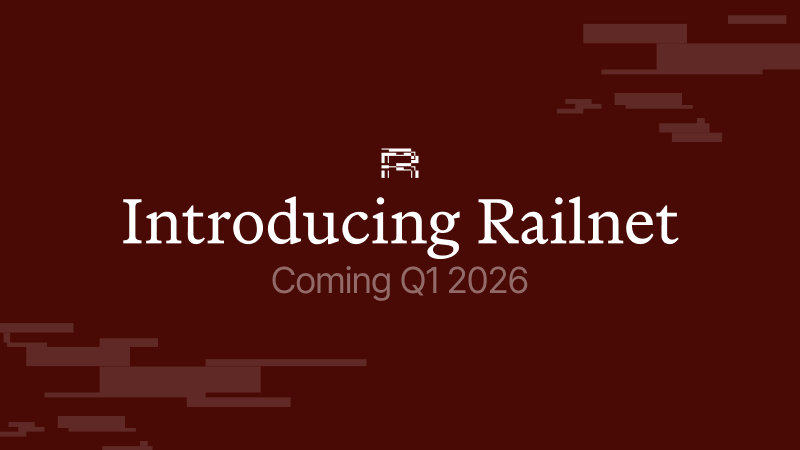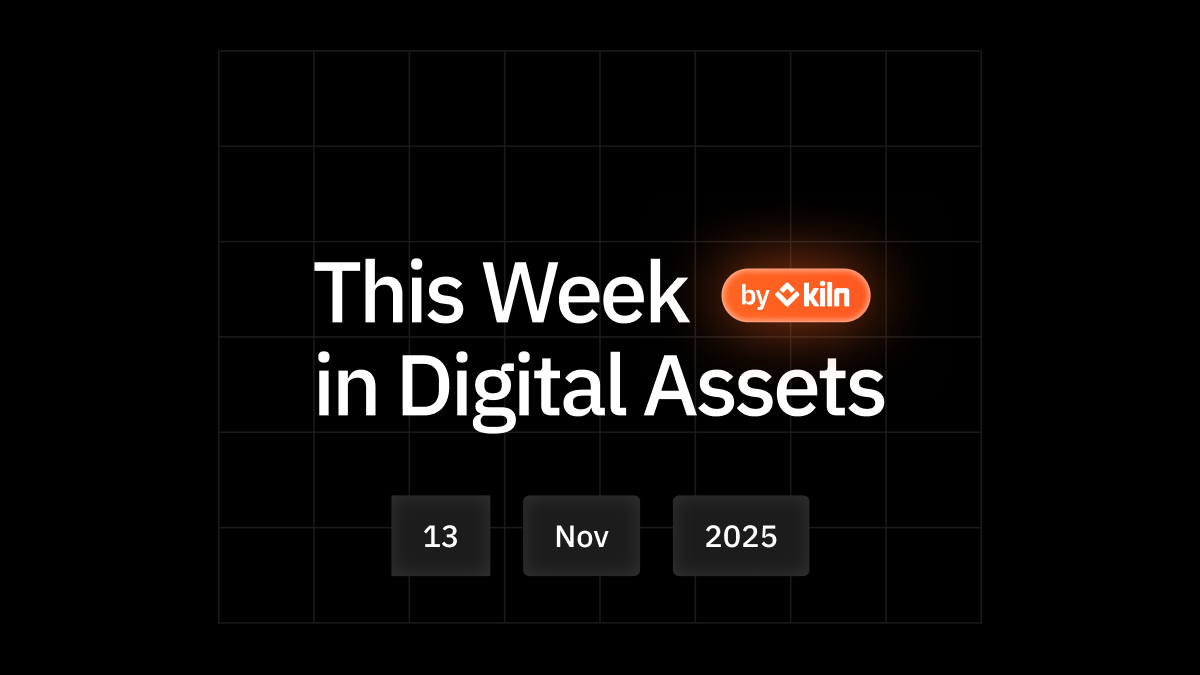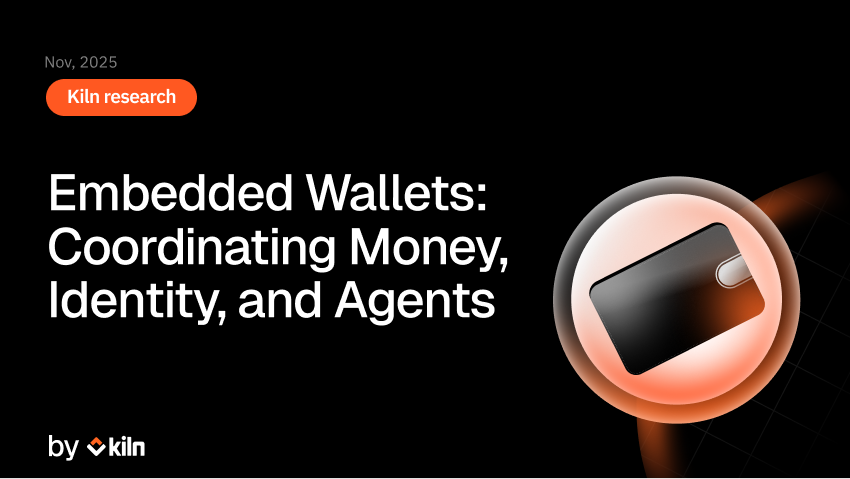Coinbase’s rollout of Base App shows its determination to create the elusive superapp that has so far evaded Western fintechs. Superapps are platforms that bundle messaging, payments, commerce, and mini-apps, which has flourished in Asia via WeChat and Alipay, but in the U.S. and most of Europe, they ran into three structural barriers: a fragmented regulatory map, consumer preference for best-of-breed single-purpose apps, and Apple’s long-standing ban on any interface that distributes third-party code.
The landscape may be shifting, and Coinbase’s superapp announcement is just weeks after a federal judge let the DOJ’s monopolization suit against Apple proceed[1], echoing parallel rulings in Europe and Asia and raising the odds that iOS will soon allow alternative in-app payment rails and richer mini-app ecosystems. At the same time, blockchains provide a permissionless backbone that can bypass legacy gatekeepers altogether. Coinbase is seeking to leverage this opening with a vertically integrated stack with wallet keys (Base Account), settlement layer (Base L2), and an in-app marketplace. This mirrors Tencent’s and Ant Financials’ model but runs on cryptographic rails rather than curated APIs.
We believe the superapp wars in the West have only just begun, with contenders such as PayPal, Revolut, Robinhood, Nubank, and Kraken (via its newly unveiled Krak app) racing to anchor payments, identity, and mini-app ecosystems on crypto rails. The likely long-term strategic implication is consolidation. Blockchain infrastructure lets a single platform collapse custody, payments, and app distribution into one stack, turning network effects that once grew linearly into hyperbolic. We expect a handful of dominant superapps to capture the bulk of user attention, payment flow, and developer mindshare, while mid-sized players either pivot to niche services or are acquired as feature sets inside the market winners.
Base App replaces Coinbase Wallet and hides crypto complexity behind an Apple-Pay-style on-ramp: a single biometric tap spins up a smart-contract wallet, converts fiat to USDC, subsidizes sub-cent gas, and drops users into a Farcaster social feed where each post can be tokenized via Zora. Base Pay then extends the loop to commerce. With tens of thousands of Shopify merchants already live—and 1 % USDC cash-back funded by Shopify—we expect retail checkout, not peer-to-peer transfers, to be the first big lift for USDC velocity. Privy’s instant wallet spin-up at checkout means shoppers can convert bank funds to USDC, complete the purchase, and rely on passkeys for future one-tap buys. We see this funnel as the most credible distribution point yet for stablecoin payments in the West and believe it will materially expand Coinbase’s USDC float income.
From a strategic lens, Coinbase is exporting an Apple-like vertical ecosystem onchain. Controlling the sequencer lets it harvest MEV and priority fees, while the mini-app catalog positions the company for a future rev-share similar to an App Store take rate. This creates platform-risk concerns for developers, similar to building on Apple iOS, because despite Coinbase’s decentralization messaging, the company still runs the sole Base sequencer and controls in-app discovery. Still, we believe developers will build where the users are, but could potentially hedge across other L1/L2s until Coinbase proves it will share governance and fee revenue. Coinbase has in the past suggested it will eventually decentralize its sequencer; whether it surrenders that income stream will be a bellwether of its commitment to an open, decentralized ecosystem.
Over the next 12–18 months, we will monitor the growth of the Base App waitlist and track its conversion into active Base Accounts. It’ll also be worth seeing whether daily USDC transfers on Base climb beyond the current 600k range and how broadly merchants adopt Base Pay beyond Shopify and into physical point-of-sale. Consistent progress here would suggest that the combination of stablecoin incentives, instant wallets, and mini-app distribution is resonating beyond the early-adopter crowd and that Coinbase can build a recurring revenue engine independent of trading volumes. Steady gains on these fronts would indicate that Coinbase is successfully converting its integrated wallet, payments, and social platform into a sustaining ecosystem—evidence that a true Western Superapp may at last be emerging.
[1] Apple loses bid to dismiss US smartphone monopoly case, June 30, 2025, Reuters
About Kiln
Kiln is the leading staking and digital asset rewards management platform, enabling institutional customers to earn rewards on their digital assets, or to whitelabel earning functionality into their products. Kiln runs validators on all major PoS blockchains, with over $11 billion in crypto assets being programmatically staked and running over 5% of the Ethereum network on a multi-client, multi-cloud, and multi-region infrastructure. Kiln also provides a validator-agnostic suite of products for fully automated deployment of validators and reporting and commission management, enabling custodians, wallets, and exchanges to streamline staking or DeFi operations across providers. Kiln is SOC2 Type 2 certified.









